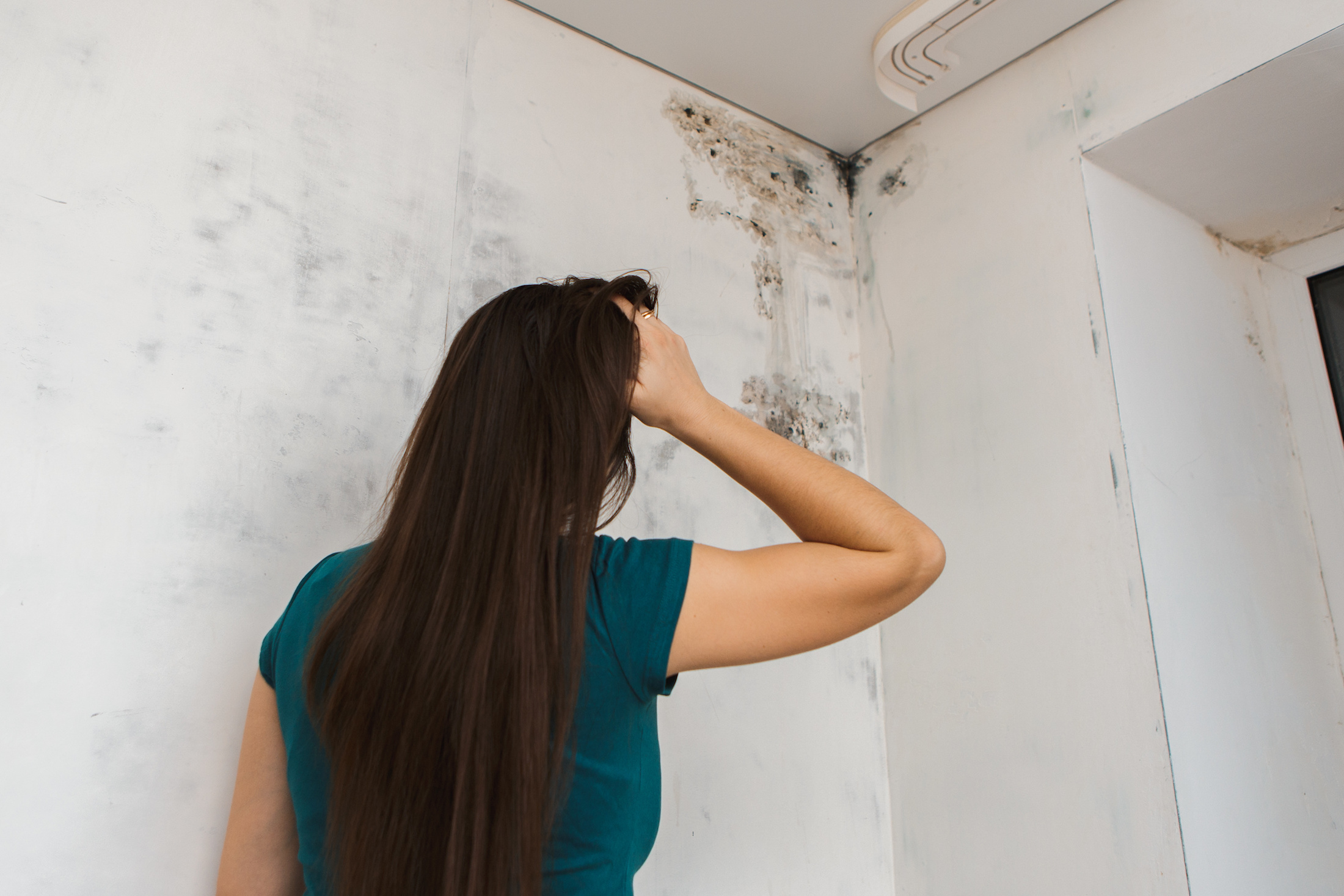
The drive for energy efficient buildings has resulted in higher levels of insulation in the roof space and walls, as well as reduced air leakage due to modern, energy-conscious building practices.
While these new construction methods have delivered significant energy-savings, they have also dramatically changed the temperature and moisture balance within buildings, which has in turn changed the location and frequency of where and when condensation is likely to form.
Whenthe surface where condensation wants to form shifts from outside the building to inside the building, condensation can potentially cause damage to the building frame, cladding and insulation, while also allowing mould to grow.
Where does condensation form in a building?
In an energy efficient, airtight building with a conditioned internal environment, water vapour is added to the air by occupants who are showering, cooking and breathing (we all expel CO2 which contains water vapour).
This creates an internal environment with a higher vapour pressure than the outside environment, which forces or ‘drives’ the water vapour in the air outward in every direction looking for equilibrium.
As this vapour ‘drive’ occurs and forces moisturetoward the cold outer surfaces of the building structure, impermeable materials such as glass, steel, plastic and traditional aluminium sarking materials cannot allow it to escape. As a result, there is a risk that condensation can form on the inside of the building, just as mist or droplets of condensation form on the inside of a window on a cold night.
To minimise this risk, vapour permeable membranes are designed to allow water vapour to pass through them, allowing any condensation formation to occur on the outside of the building.
The condensation solution: let your building breathe.
For true condensation control, consider vapour permeable Bradford Enviroseal Proctorwrap.
Bradford Enviroseal Proctorwrap provide superior condensation control with leading product design that is many times more permeable than traditional ‘breather’ wall wrap products.
Bradford Enviroseal Proctorwrap’s innovative material also provides a high water hold-out when tested in accordance with AS/NZS4200.1. It is suitable for all wall cladding applications that specify high water hold-out.
Need to know more about products to prevent condensation in energy efficient buildings? Get in touch with Dahlsens today.

